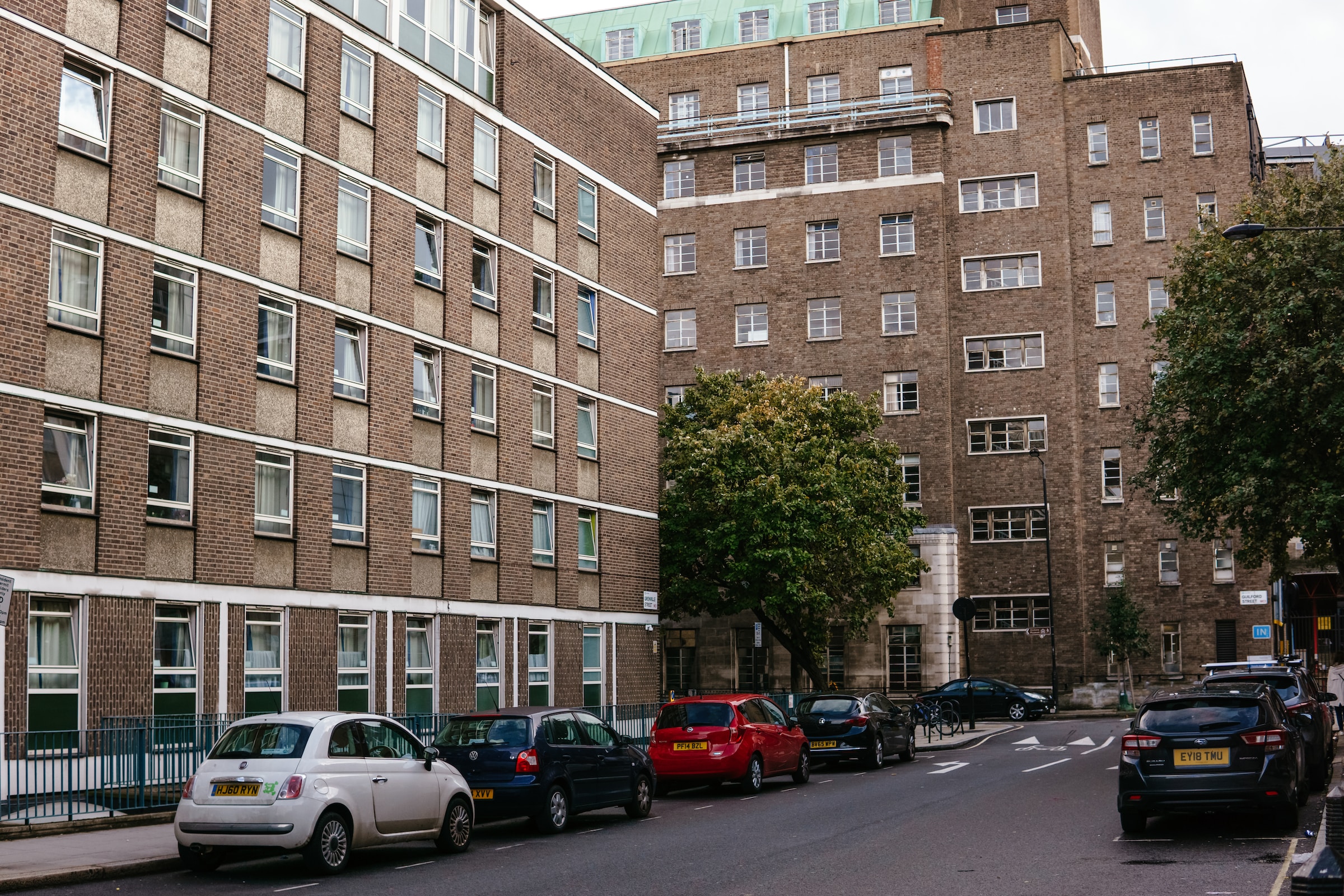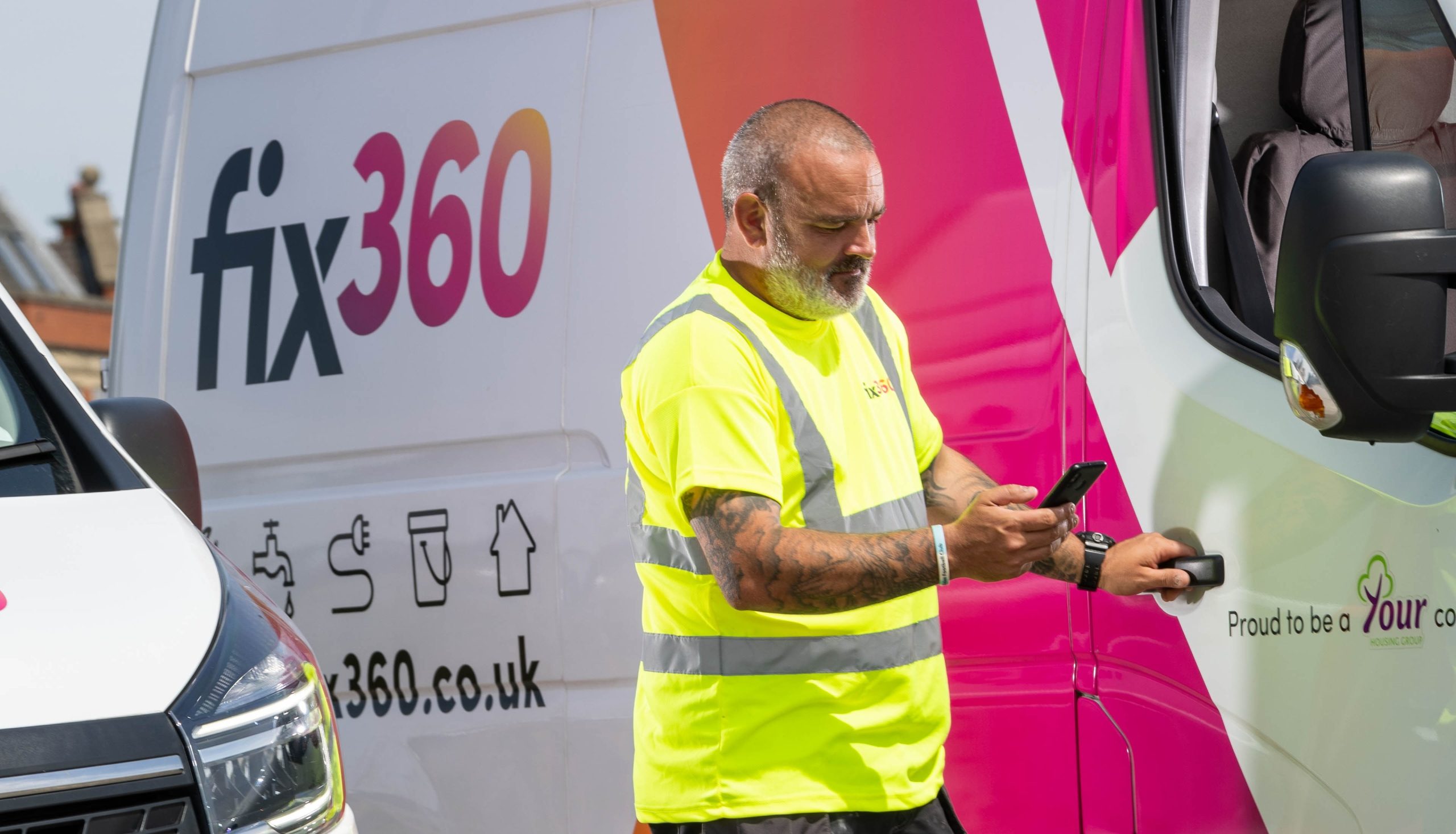IoT to Transform Relationships Between Associations and Tenants

Poplar HARCA (Housing and Regeneration Community Association) is extending the deployment of IoT devices across 6,000 homes in East London. How can implementing IoT into social housing help improve the relationship between housing associations and their tenants?
The initiative by Poplar HARCA follows a pilot, beginning in November of last year, which involved the installation of 2,000 devices in 486 homes. The second phase will run for the next 12 months, providing 15,000 devices to 3,000 homes.
Each property has its own gateway, giving the housing association a complete overview of conditions, whether for one house or a block of flats.
This live data is gathered by environmental sensors and alerts users via the app to any issues in terms of poor indoor air quality, cold homes or overheating, damp and mould, and condensation, all of which have been proven to be seriously damaging to residents’ health if left unresolved.
For residents that may be unsure about using apps, alternative methods of communicating alerts, such as SMS messages, emails and post, are available.
IoT can be used to improve both industry and everyday lives
Housing associations that implement IoT will see various benefits, with it providing a solid base for building for the future. It has the power to transform not just industries but people’s everyday lives.
For the housing sector, IoT can keep people connected and help to make developments safer, more efficient, and more cost-effective.
For example, by installing sensors in social housing linked by a wireless network, problems such as damp are detected early, enabling remedial action before costs creep up.
When it comes to security and safety, IoT technology can be used to monitor and maintain systems of all kinds. Through an IoT network, security cameras can be viewed, and doors can be locked remotely.
In addition, IoT security systems can enable faster response times and immediately notify users of anything that needs attention, even if there is nobody at the property to hear the alarm. This will help to boost the peace of mind of the tenant.
Also, smart smoke alarms can immediately notify about low batteries, defects, or in case of a fire. This will enable fast action and limits potential damage, therefore, protecting the safety of tenants and nearby buildings or people.
With IoT technology, housing associations can digitally control everything from water to gas to electricity. Smart utility metres allow the tracking of energy consumption, giving insights into how developments can be more sustainable and cost-effective.
Utilising IoT technology will be transformational in the relationship between housing associations and their tenants. It will not only increase the efficiency of processes but will help to identify, monitor, and fix problems faster than ever before.

